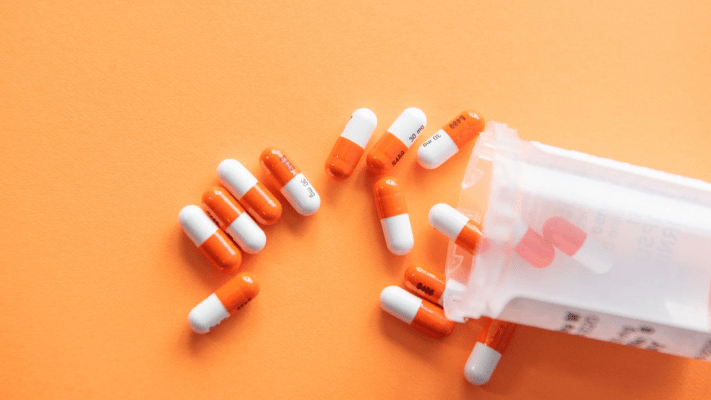
Good Manufacturing Practice — GMP — is essential for ensuring that pharmaceutical products are produced according to the standards put in place by the FDA. These GMP standards are designed to help minimize the risk of contamination and harm to consumers. Today, technology has only helped to further improve these standards, with cleanrooms now able to maintain humidity at as close as a plus or minus 1% tolerance. Improvements such as these help ensure products aren’t compromised, both during testing and during storage.
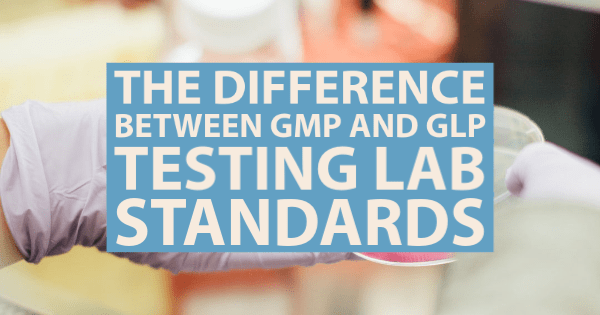
Currently, the United States holds more than 45% of the total global pharmaceutical market. However, despite maintaining this foothold, there can still be confusion based on the differences between GMP and GLP testing lab standards and regulations. While both are testing laboratories, they are very different when compared and contrasted against each other.
(more…)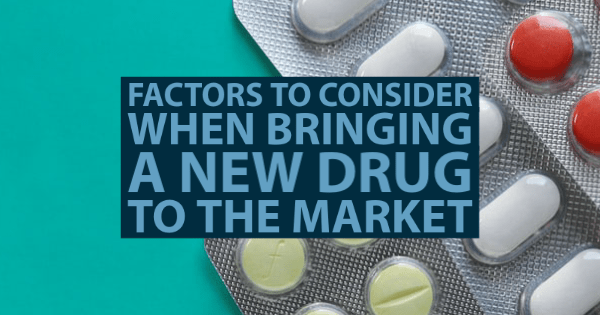
Pharmaceutical companies spend billions of dollars and several years to introduce one drug to the market. A single drug may require about $2 billion and 10 years of testing. Each stage of the test has a set of unique challenges, costs, and timelines that a pharmaceutical company must consider.
Read on to learn more about each step and what is needed.
(more…)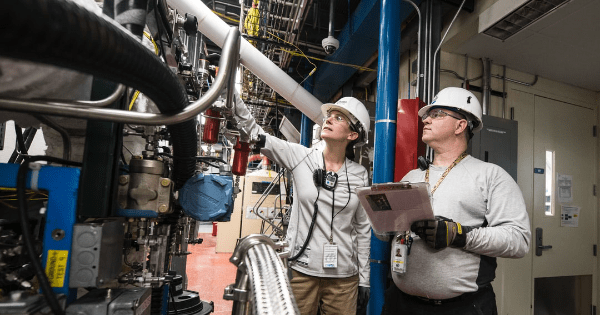
The pharmaceutical industry is one of the only markets in the United States that can be expected to remain relatively steady. This is not only due to its size, but its necessity.
(more…)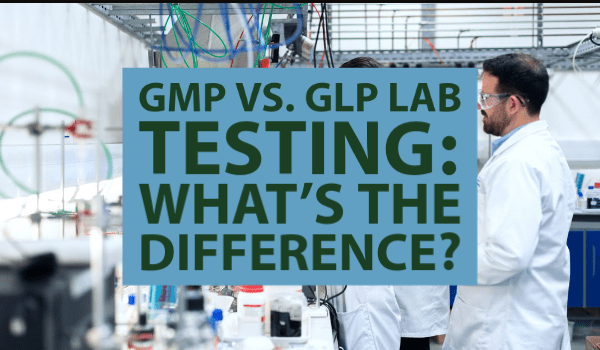
When it comes to laboratory testing, there are two terms that are commonly used: a GMP and GLP testing lab. It's understandable to get these two types of laboratory testing confused. After all, Good Laboratory Practice (GLP) regulations and Good Manufacturing Practice (GMP) regulations both relate to laboratory testing. However, GMP and GLP testing labs are very different.
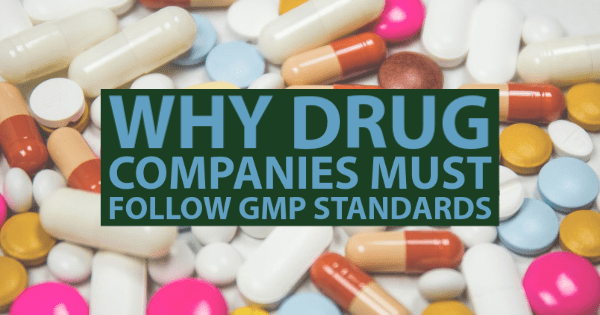
The American pharmaceutical industry is one of the biggest in the world. Due to the fact that the United States exhibits a greater acceptance of pharmaceutical products than many countries, and even has a booming pharmaceutical sales industry, it's clear that this particular industry can withstand a lot of stress, including that of the current pandemic. However, it's not without its particular concerns.
(more…)
Chemical purity refers to an element contains a single substance, without any other element tarnishing its standalone existence. Creating products that offer chemical purity can be quite an involved process. However, it’s necessary in order for us to have vaccines, medicines, and even everyday household products. To learn more about chemical purity, how it is reached in a lab setting, and why it’s significant, continue reading.
(more…)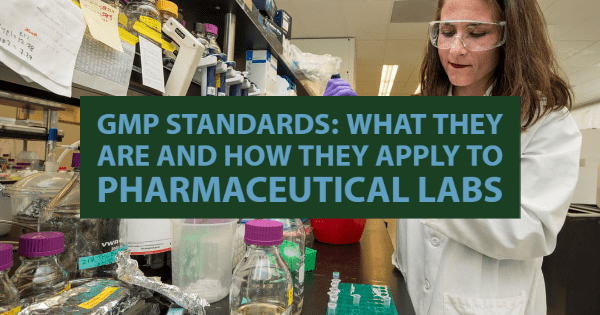
Perhaps there is no location that should be more carefully kept up and maintained than a pharmaceutical laboratory. Pharmaceutical labs are obviously responsible for creating and maintaining drugs and medications that will eventually be distributed to the general public.
(more…)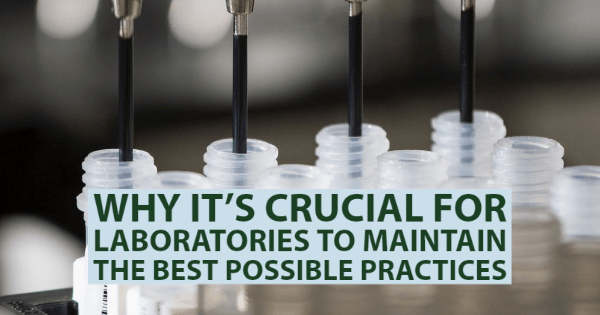
Laboratories hold a great deal of importance in the United States. In fact, the country is currently the number one producer of chemical products. These chemical products can include pharmaceutical products, as well as radiolabeled compounds and much more.
(more…)Each element can exist as two or more isotopes that differ in the number of neutrons in the nucleus. Isotopic labeling is a technique used by chemists to track the passage of an isoptic through a reaction, cell, or a metabolic pathway. The reactant is labeled by replacing specific atoms in the isotope to make it easier to follow and track.
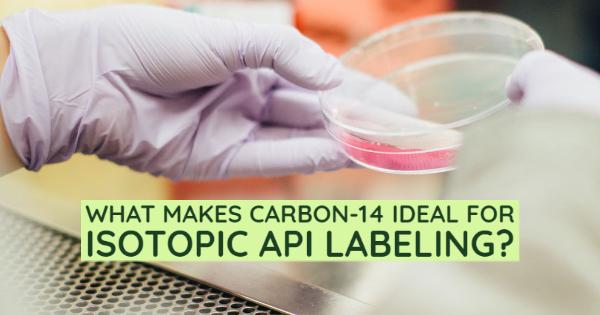
There are many ways to detect the presence of labeling isotopes including their radioactive decay, vibrational mode, and mass. However, the isotopic labeling of active pharmaceutical ingredients (APIs) has become more challenging in recent years due to the complexity of API syntheses.
(more…)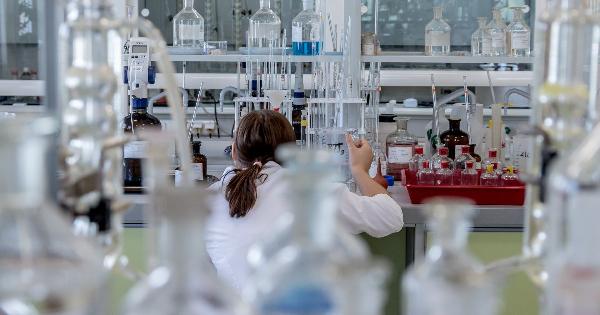
It’s estimated that over 810,000 people work in the chemical and pharmaceutical industries in the United States. One key facet of these industries is the use of radiochemistry to study and utilize ICN radiochemicals and radioactive isotopes. Radiochemistry and radiolabeling have many applications both in the chemical and pharmaceutical sectors allowing for a better understanding of chemical and drug development.
Isotropic labeling, for instance, can be used to track an isotope during a reaction. Likewise, it can also be used to track passage through a cell or metabolic pathway, making the use of radiolabeled compounds useful in medical studies. Radiolabeling via the use of ICN radiochemicals works by replacing specific atoms and adding the compound into a reaction. The position of these replaced isotopes can then be monitored and measured to determine the path of atoms during the course of the reaction. Nuclides used for this labeling may be either stable or radioactive depending on the type of test.
When it comes to labeling there are a couple of ways to detect isotopes.
- Radioactivity
- Mass
- Vibration
Radioactivity can be detected with the use of an ionization chamber, mass spectrometry can be used to detect mass differences, and infrared spectrometry can detect differences in vibrations.
The most widely used radioisotope is Carbon 14. Containing 6 protons and 8 neutrons, Carbon 14 is created through the absorption of neutrons by nitrogen atoms in the stratosphere and troposphere. Carbon 14 also has a radioactive period of 5700 years, making it useful for radiometric dating which works by counting the residual carbon contained within organic matter. This works because organic matter naturally assimilates carbon over the span of its lifetime. Upon death, the carbon steadily decreases allowing for dating based on the amount left to be viable.
Radiochemistry and ICN radiochemicals have many applications across a wide spectrum of industries, and utilizing them correctly can allow for a better understanding of chemical interactions, the development of new pharmaceuticals, and the dating of organic matter. While Carbon 14 remains among the most commonly used for these applications, other compounds such as iodine-125, phosphorus 32, phosphorus 33, and tritium are also used in specific instances.
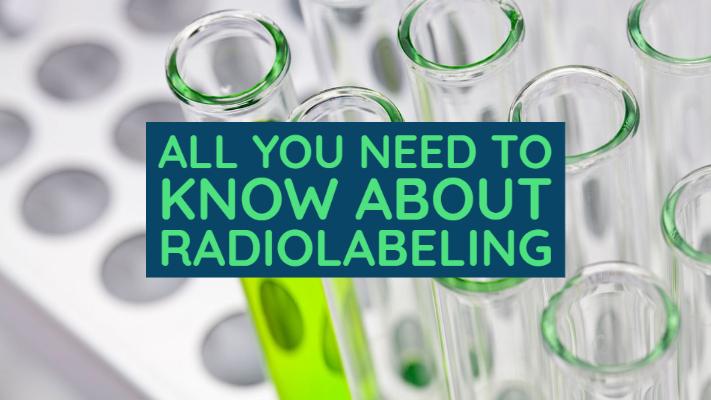
Radiolabeling plays a key role in environmental case studies as well as drug development and research. Thanks to radiolabeling, scientists are able to monitor the breakdown or movement of target molecules. With this process, drug researchers are able to track any new drug in terms of how it gets metabolized as it moves through the body. To help achieve this, isotopes of the same atom are used to replace atoms in the target molecule.
In a nutshell, radiolabeling allows scientists to ‘tag’ molecules using radioactive isotopes. The molecules are easily traceable using imaging techniques after carbon isotopes like C14 replace carbon atoms in a given molecule. Though it is possible to trace these isotopes, they don’t interfere with the normal functioning of the molecule under study. Keep in mind that there are several ways to go about radiolabeling using various radiolabeled compounds. The most common radiolabeled compounds include sulfur-35 (35S), tritium (3H) and carbon-14 (14C labeling).
Carbon 14
Carbon-14 is the most preferred radiolabeled compound because it’s able to generate duplicate elements by substituting carbon atoms. Note that the use of carbon for scientific research is not something that started in the 21st century. You might be surprised to learn that the physicist Willard F. Libby discovered radiocarbon dating way back in 1946. Carbon is present in most drug molecules today and this is why it easily offers radiolabeling sites and better stability than other radioisotopes.
Specifically during storage, stability is a factor that cannot be overlooked when using radiolabeled compounds. Now that carbon-14 has a long half-life, researchers don’t worry much about decay during long and extensive studies. In general, carbon-14 is a highly versatile compound whose production can be customized during GMP synthesis. For effective and safe drug production, C14 has to be part of the equation.
GMP Standards and C14 Radiolabeling
Observing GMP standards is crucial when it comes to pharmaceuticals. During production, the preferred radiolabeled compound is in most cases manufactured and tested only once in small lots. This tells you that before being used, the compound needs to be suitably manufactured. All impurities need to be identified and the C14 atom has to be correctly positioned before the drug development process starts. Now that C14 radiolabeling yields effective and stable compounds, it is the best option when GMP standards have to be obeyed.
The ease of carbon atom movement is what makes 14C labeling a better option than other compounds. This explains why carbon 14 is the element of choice when it comes to drug development and radiolabeling as a whole. With that said, let us now take a look at practical examples where radiolabeling comes in handy.
1. Oceanography
Truth be told, tracking particle movement in bodies of water can seem an impossible task. With the help of radiolabeling, however, this becomes an easy task for oceanographers. In most cases, radium isotopes are all that oceanographers need to monitor water movement in rivers, bays, and groundwater sources.
2. Medicine
Making an accurate medical diagnosis could mean the difference between life and death. Fortunately, this is what radiolabeling does best and thus help physicians avoid any misdiagnosis. This is achieved by giving patients radiolabeled drugs, either intravenously or orally. CT (Computed Tomography) scanning, MRI (Magnetic Resonance Imaging) and other imaging techniques help capture particular body part images after the isotopes enter the body. This goes a long way in saving lives by showing the inmost working mechanisms of cells and organs.
3. Drug Development and Research
Scientists heavily rely on radiolabeling when studying the metabolic activities of test drugs. This is such a big advantage because the researcher gets to know all that is going on as the test drug gets metabolized and eradicated from the body. This means that chemists understand what is happening during every step of the process. In the end, the pharmaceutical market benefits from new and effective drugs much more quickly. Were it not for radiolabeling, drug development and research would take ages and this can potentially result in a lot of fatalities.
Bottom Line
As you can see, radiolabeling is a key driver when it comes to developing and testing new materials. If your desire Is to learn more about it, contacting a radiolabeling company is all you need to do.
